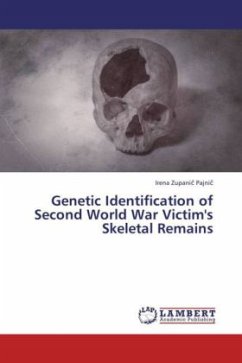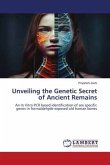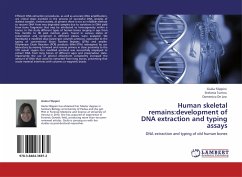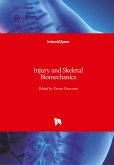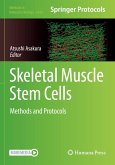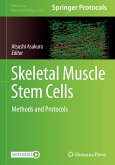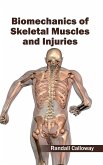This book describes genetics investigations of DNA from a Second World War victim s skeletal remains and their genetic identification. The characteristics of ancient DNA and the environmental factors that affect its preservation are described. The recommendations for excavation, storage and molecular genetic identification of skeletal remains are presented. The method of how reference samples from relatives and samples for the elimination database are collected and analysed for each mass grave is shown. The most appropriate types of bones and teeth for genetic analyses are described and the measures for preventing contamination in the DNA laboratory are listed. Procedures for processing the bone sample (mechanical and chemical cleaning, cutting and grinding into powder), decalcification of bone powder, DNA extraction, DNA quantification and DNA typing of autosomal and Y chromosomal microsatellites and mitochondrial DNA are described and interpretation of genetic profiles with statistical calculations of the likelihood ratio and posterior probability are exposed. Some examples of identification of the Second World War mass grave victims are presented.
Bitte wählen Sie Ihr Anliegen aus.
Rechnungen
Retourenschein anfordern
Bestellstatus
Storno

